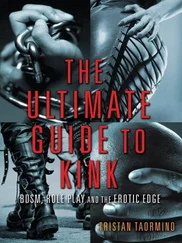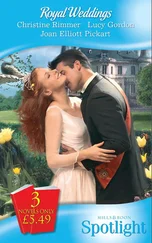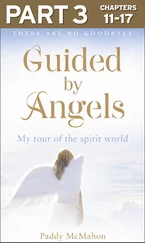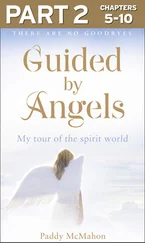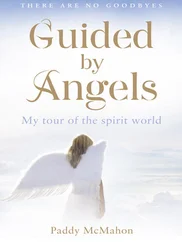Das Freibad (“The Open-Air Bath”), a “Monthly Journal for the Promotion of Naked Bathing.” A glossy magazine with a nonpolitical and clearly hedonist appeal. Affiliated with Birkenheide. Edited by Charly Straesser. [1927-1932] Figaro , “Bi-Monthly Journal for Politics and Culture.” Motto: “Fights in Word and Picture for Cultural Freedom.” Illustrated popular magazine promoting Nacktkultur from both historical and international perspectives. Famous for its satirical faits divers and political cartoons. Affiliated with the FKK. [1924- 1932]
Freikörperkultur und Lebensreform (“Free Body Culture and Life Reform”), “Magazine of the Reichs Union for Free Body Culture.” Conservative intellectual journal open to middle-class and Catholic points of view. Affiliated with the New Sunland League. [1929-1930]
Die Freude (“The Joy”), a “Monthly Journal for Free Life Reform.” Artistic journal, embracing both Socialist and Nationalist points of view. Expressionist in design and thought. [1924-1925]
Ideal-Ehe (“Ideal Marriage”), a “Monthly for Spiritual and Corporal Education in Marriage.” Edited by Edgar Schulz. A glam women’s magazine with a progressive slant. Lots of articles on modern living, nudism, body development, and problems in marriage. [1927-1929]
Körperbildung/Nacktkultur (“Body Development/Naked Culture”), the “Organ of Free Men.” An Adolf Koch periodical devoted to intellectual currents in the Nacktkultur movement. Filled with manifestos and recipes for good health. Especially concerned with children and women’s issues. [1925-1933]
Kraft und Schönheit (“Strength and Beauty”), “Journal for Body Culture.” Edited by Heinrich Pudor. An early Nacktkultur monthly magazine that increasingly promoted nudism as a form of regeneration for the “Nordic” race. Mostly drawings and text. [1900-1919]
Lachendes Leben (“Smiling Life”), a “Magazine for a Healthy World-Philosophy.” A nonpolitical, nudist pictorial with short upbeat pieces, celebrating the family Nacktkultur lifestyle and Rhythmic Gymnastics. [1925-1933]
Leben und Sonne (“Life and Sun”), a “Monthly of the Free Body Culture.” An independent intellectual Socialist journal concerned with children’s health, sports, and nudity. Not affiliated with the Union of Free Men. [1925-1926]
Der Leib (“The Body”), “Picture Book of Ideal Nudity,” [Earlier, “Organ for the Understanding of Spiritual Living Through the Knowledge of the Body.”] Artistic journal edited by Max Tepp. Concerned with social issues, like female health, prostitution, and the Jewish Problem. Promoter of Rhythmic Gymnastics and Ausdruckstanz (Expressive Dance). [1919-1927]
Licht-Land (“Light-Land”), “the “Official Organ for the League for Free Life Improvement.” A magazine with innocuous nudist photographs but increasingly National Socialist orientation in text and design in the Thirties. [1923-1933]
Licht-Luft-Leben (“Light-Air-Life”). Combined with Der Mensch , “Monthly Journal for Beauty, Health, Spirit, Body Development.” Nacktkultur supplement of Die Schönheit . A cooperative journal for twenty-some German and Swiss organizations. [1920-1933]
Nacktsport (“Naked Sport”), “Illustrated Journal for the Theory and Praxis of Healthful Development Through Sports.” Edited by the German Nationalist Artur Fedor Fuchs. [1919-1923]
Die Neue Zeit (“The New Era”). International Body Culture journal with color photographs. Edited by Swiss nudist Edi Frankenhausen. [1929-1933]
Pelagius , a “Monthly with Beautiful Photographs from the Naked and Free Air Movement.” Small glossy zine with virtually no text or political point of view. [1931-1932]
Die Schönheit (“The Beauty), the most popular German monthly promoting all aspects of Body Culture. Edited by Karl Wanselow. Noted for its striking Art Deco design and aesthetic depictions of female nudity. Many articles on artists and scientific discoveries. Only Nacktkultur periodical with an interest in science fiction and sexual aids. Great classified section. [1902-1936]
Sonneland (“Sun Land”), “a Journal for Air Body Culture.” [1931]
Sonniges Land (“Sunny Land”), “the Great, Illustrated Journal of the Free Body Culture Movement.” A general nudist pictorial devoted to outdoor life. [1929-1933]
Urania , a “Monthly for Nature-Consciousness and Social Learning.” Socialist periodical with a heavy emphasis on nudism, German mysticism, and Buddhist teachings. [1925-1926]
What united the multi-hydra leagues, associations, unions, and brotherhoods was a shared enemy: modern capitalism. The weakening of blood ties and individual purpose, excessive fluctuations in birth rates, factories spewing toxic wastes, prostitution, the inhuman rationalization of medicine and education, alcoholism, the unbridled accumulation of paper assets, and a general decline in physical health and happiness were the inevitable products of the Industrial Revolution and the rampant urbanization that followed.
The Nacktkultur philosophers wanted nothing less than a wholesale reformation of German life. In their nude encampments, they promised, sacred space and time—beyond the numbing boundaries of work and pew—could be reestablished. By merely removing their clothing, strangers could shed their social markings, toss aside all sexual taboos, and enter into an exalted state of Adamite consciousness. Peace, emotional tranquility, physical health, and corporal beauty would reign in the Naturalist communes.

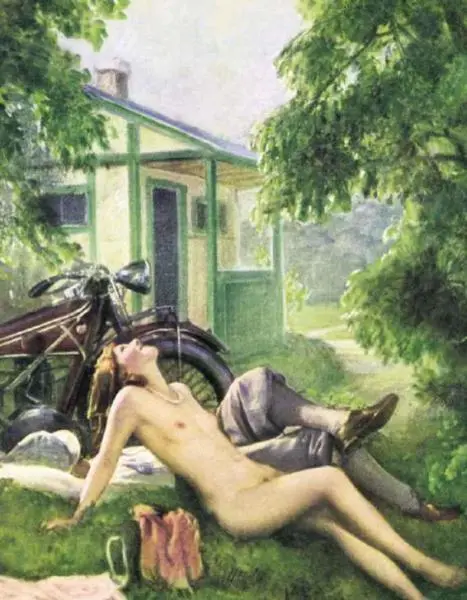
Johannes Arz, Weekend
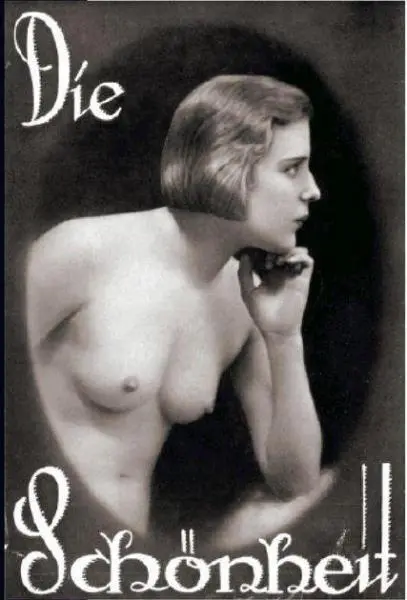
Daughter of Adolf Koch and friend, 1932
The message of organized nudism spoke compellingly to the nascent radicalism of the German-speaking world. Already there were separate attempts, like the Wandervogel movement, to rethink the conventional patterns and hierarchies of bourgeois life. Holistic methods of healing and amateur sporting leagues challenged the notion of high professionalism and the feudal divisions of labor. The Nacktkulturists , however, offered, in addition, spiritual uplift, community values, and all the wallop of a new religion.
Urban youth, according to Naturalist precepts, could attain a more profound sense of well-being without the blandishments of clergy or Gymnasium master. German boys and girls needed only nature (in the form of clean water, air, and sunlight), vigorous exercise, an improved diet, and the new awareness that the naked human body alone radiated perfection and supreme beauty.
Beginning in 1919, the illustrated periodicals and manifestos of Nacktkultur movement, of course, harped on the contrasts between their hale and robust lifestyles and those of decadent Berlin. One pictorial theme appeared repeatedly: the Naturalist Girl and the Bad Girl. Typically, a photo-montage spread would juxtapose a series of carefree women in the nude tossing medicine balls with nighttime shots of smirking Tauentziengirls posed before the display windows of the Kadewe Department Store. The disparities, for the Life Reformers, could not be presented more starkly.
Читать дальше






